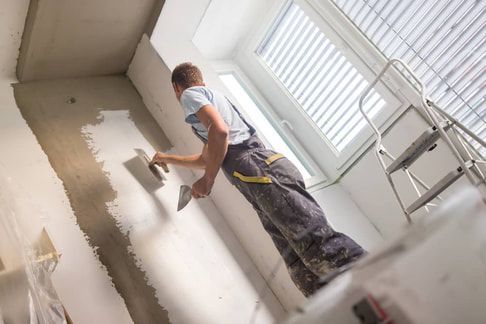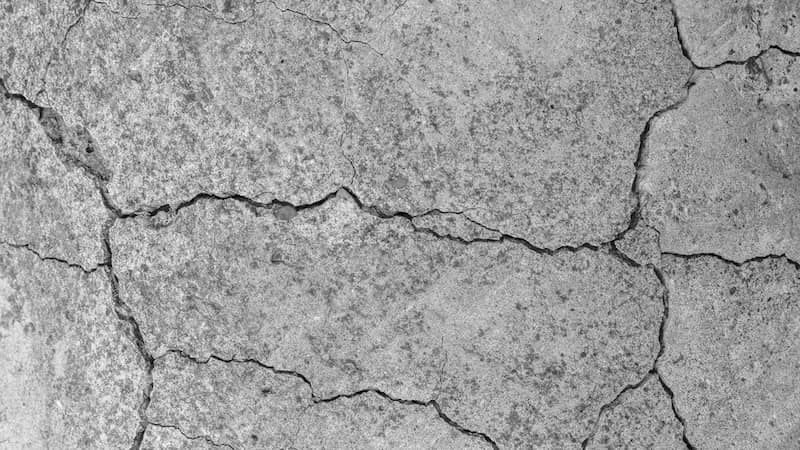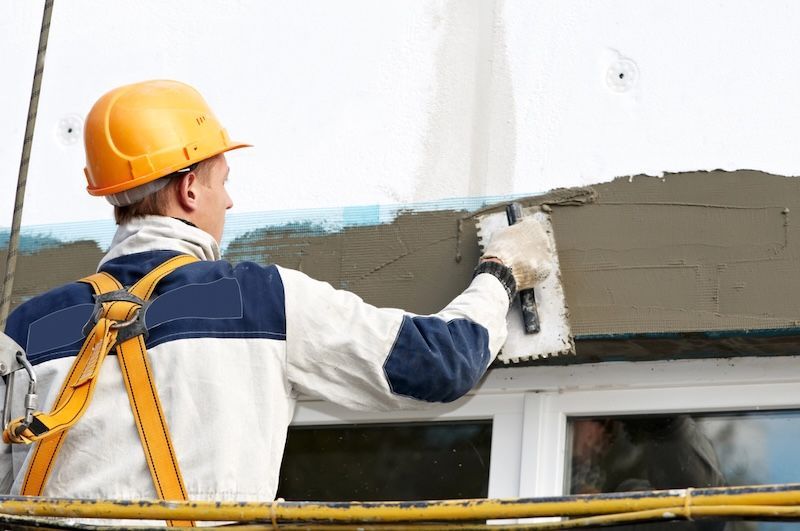Tips for Moisture Management and Protection of Your Stucco
As the most humid state in the U.S., Florida faces moisture as one of the biggest threats to stucco walls and sidings. When stucco is poorly installed, the stucco siding or wall can trap moisture from within. This trapped moisture can result in fungus, mildew, and mold growth. If it sifts through your property’s wooden structure, it can be the cause of rotting on your walls. This problem can happen both inside and out of the stucco.
Talk to stucco contractors for tips and services about moisture management to prevent these issues. This is best partnered with moisture protection services.
How does moisture management work?
This is the ability of the stucco to expel moisture that enters it within. This is possible because moisture can enter stucco from its surface into stucco’s wall cavity. Aside from that, at some point, it is moisture’s nature to make it through the walls. This is true for all other exterior siding materials.
Since it seems inevitable to totally avoid moisture, the best way to approach this is to ensure that your stucco walls can eliminate it. It is either by allowing moisture to evaporate on top or flow out from the bottom.
What are air vents?
Any retained moisture will dry out as air flows through the stucco walls to the air vents. This airflow promotes the elimination of moisture as it evaporates. What is necessary for this moisture management method is that the air vents should be installed properly. Otherwise, moisture can enter the stucco wall through these vents instead of performing as it should be.
What are weep screeds?
Weep screeds function similarly to air vents. They are drainage openings but are located at the bottom of the stucco siding or wall. These are the standard in modern siding materials like brick veneer, stone, and of course, stucco. That is why many stucco companies now include these methods of managing moisture to help their customers prevent the resultant problems of now having the same.

How does moisture protection work?
Moisture can also be kept out of your stucco walls either from the outside or the inside. As mentioned earlier, moisture can be controlled. But there are ways to reduce its penetration into the stucco. For one, paint helps prevent moisture as it is an additional layer that blocks moisture. However, the downside of paint is that it prevents moisture from seeping back out of the wall. Another is by having gutters as these divert rainwater from the walls down to the ground instead of soaking through the walls outside your home.
Lastly, moisture can be prevented from entering your home interior. This is by having a layer referred to as flashing or water-resistive barrier. This way, mold issues will not extend to the inside of your home.
Prevent needing stucco repair as often with moisture management and moisture protection methods. Together with stucco installation, you can ask your trusted stucco contractors also to provide you with these necessary services. These optimal solutions will help you save money on repairs. Talk to the representatives of Orlando Stucco Repair Pros to learn more about their services.


